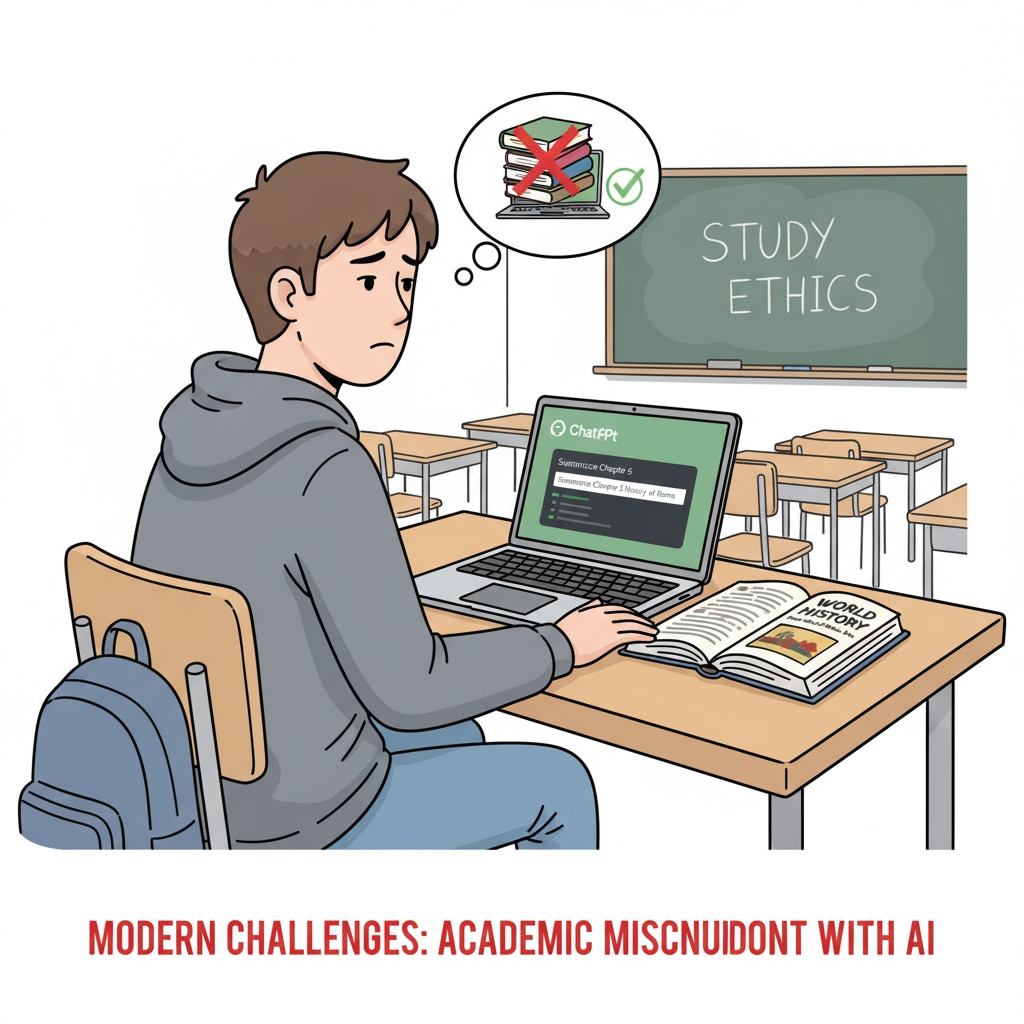The prevalence of AI tools such as ChatGPT has brought about a new wave of challenges in education, especially in relation to student cheating, homework, and the allocation of children’s free time. As these powerful AI technologies become more accessible, students are finding new ways to use them to gain an unfair advantage in their studies. This has sparked a crucial debate about the continued relevance of traditional homework and the need to protect children’s free time for holistic development.

The New Face of Student Cheating
ChatGPT and similar AI tools have made it alarmingly easy for students to cheat. For example, they can ask these tools to write essays, solve complex math problems, or summarize reading materials. This new form of cheating is difficult to detect as the AI-generated content often appears well-written and accurate. According to Educause’s report on AI and cheating, many educational institutions are struggling to keep up with this trend. Teachers now have to be more vigilant and develop new methods to identify AI-assisted work. However, it’s not just about catching cheaters; it’s also about understanding the root causes of this behavior.

Rethinking the Value of Homework
The traditional concept of homework has long been an integral part of education. But in the AI era, its value is being questioned. Homework was initially designed to reinforce learning, develop study habits, and prepare students for exams. However, with the ease of cheating using AI, is it still achieving these goals? Many educators are now considering whether the time spent on traditional homework could be better utilized. As stated in the National Education Association’s article on homework, there is a growing movement to reevaluate the quantity and quality of homework. Maybe it’s time to explore alternative ways of learning that don’t rely so heavily on traditional homework assignments.
One alternative could be project-based learning, where students engage in real-world tasks that require critical thinking and problem-solving skills. This not only reduces the temptation to cheat but also provides a more meaningful learning experience. Another option is to encourage self-directed learning, giving students more freedom to explore topics that interest them. By doing so, we can foster a love for learning rather than just focusing on completing assignments.
Readability guidance: We’ve used short paragraphs to convey ideas clearly. Each section focuses on a key aspect of the educational dilemma. Transition words like “however” and “for example” help to connect thoughts. The images are placed strategically to enhance understanding.


